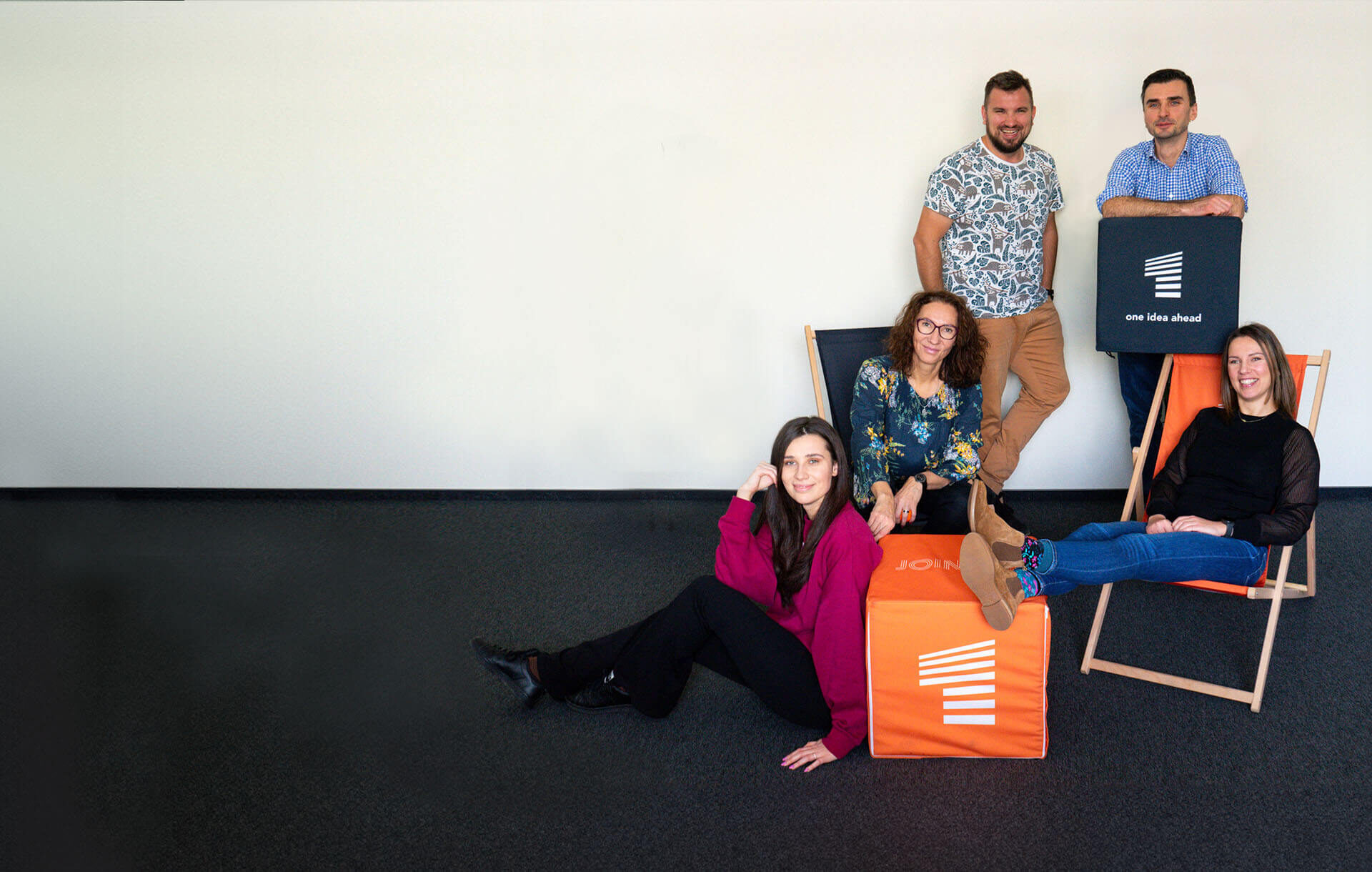Dynamic teams are not a new concept and are gaining increasing popularity in organizations. It’s worth distinguishing between traditional, agile, and dynamic teams. Traditional teams often have a formal organizational structure and a designated leader (line manager), and members typically represent similar specializations and follow a defined workflow. Agile teams, always with a formal leader (Scrum Master), operate methodically within sprints, with frequent adjustments to the scope and direction of work.
Dynamic teams most often do not have a formal leader, their members represent different specialties (they come from different departments of the organization) and are set up to carry out a specific project. Once the goal is achieved (completion of the project), they disband.
Intuition tells us that dynamic teams have tremendous motivational potential: they offer employees a sense of purpose (mission), give them the greatest autonomy in project execution (members are not constrained by the corset of procedures or formal methodology), and allow them to grow. A sense of mission, autonomy and the pursuit of mastery are the three pillars of motivation 3.0, as described by Daniel Pink in “Drive."

